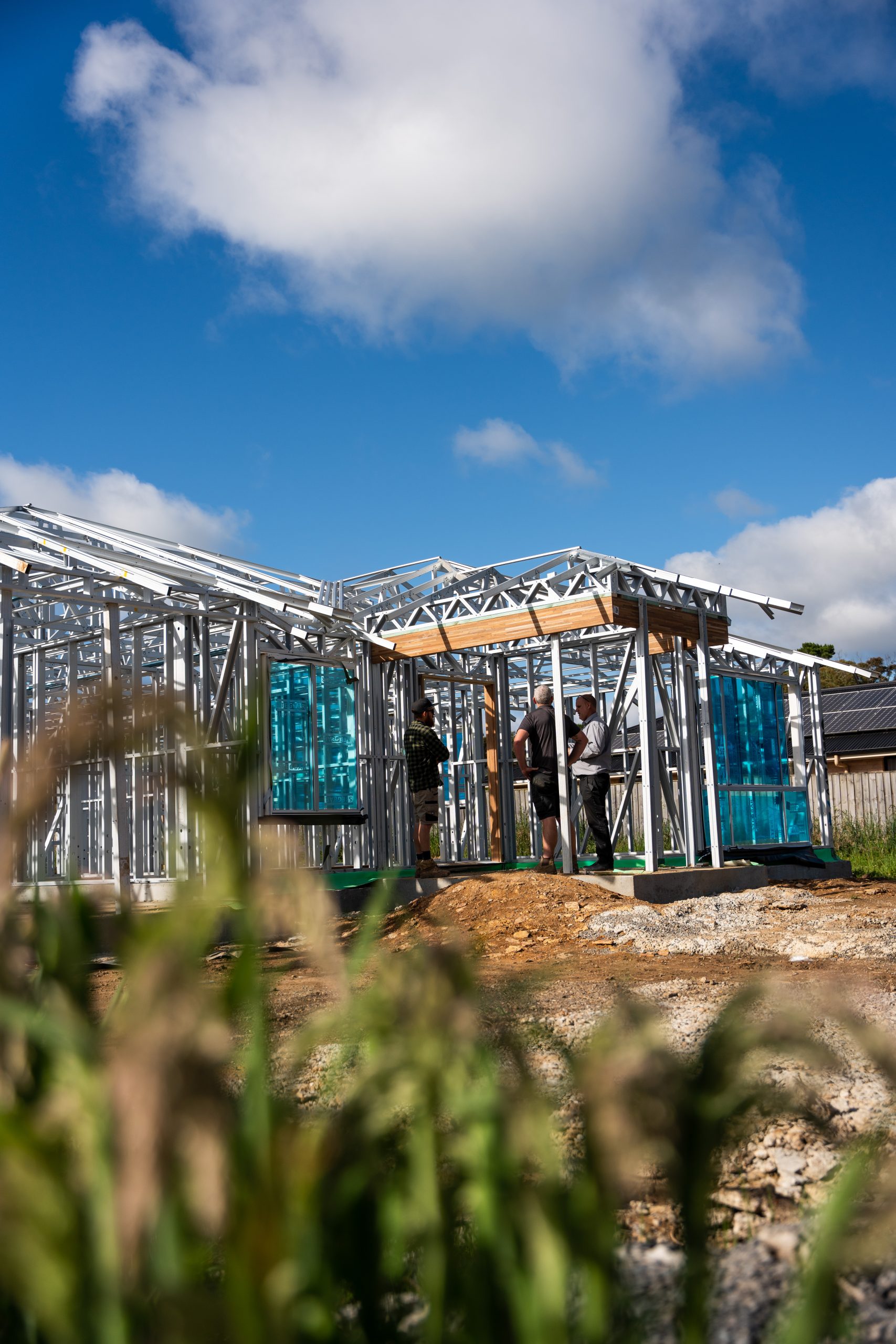In recent years there has been some heated debate over whether or not steel can really be considered a sustainable building material. Indeed, some of the world’s top engineers and scientists have weighed in on either side of this debate.
At AusSteel, we understand that every building material (and, in fact, every building process) has potential impacts on the environment – and we believe in steel’s potential for sustainability. As with any consideration of our impact on the environment, we need to look at the long term impacts and potential benefits. To better illustrate our point, let’s consider the following:
How is steel made?
Simply put, to produce steel iron ore is smelted to form metallic iron. From this metallic iron, excess carbon is removed and alloys are then added. This creates the basis for the various forms of steel we use today.
This is where questions of sustainability begin to arise. What impact does this process have on the environment? Like any production process, by-products are produced. But here is where things get interesting; by-products from producing steel can actually be used in the production of other metal-based materials such as zinc, copper and lead.
But what about our most precious resource – water? Yes, it takes a lot of water to produce the various forms of steel. However, approximately 90% of the water utilised in steel production is purified and returned to the source.
So just in by–products and water usage alone, we are already seeing the renewable and versatile nature of this incredible material.
But what about the lifecycle of steel?
The strength, integrity and durability of steel affords it unquestionable longevity. Just think of some of the world’s most renowned steel structures: the Sydney Harbour Bridge, the Golden Gate Bridge, the Empire State Building…. All within 90-100 years old and still going strong. In fact, steel can age 100+ years and still retain 100% of its original strength.
And yet once it reaches the end of its intended use, steel can be recycled an infinite number of times without losing any of its original properties such as strength and integrity.
Yes, even with all of this incredible capacity for longevity, versatility, and renewable usage, there are still some downsides to steel production. However, steel infrastructure plays a huge role in the supply of renewable energy such as hydroelectric, nuclear, solar, and wind power. Without steel, these resources would not be possible.
As we can see, the debate over steel’s true potential for sustainability is a complex issue, but one with promising outcomes nonetheless. What do you think?





